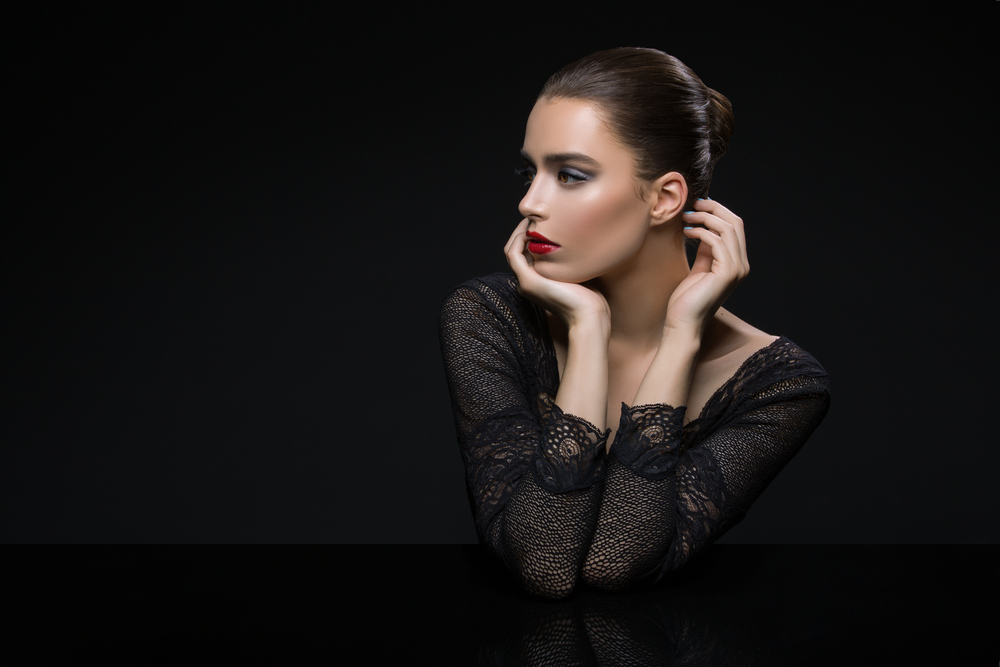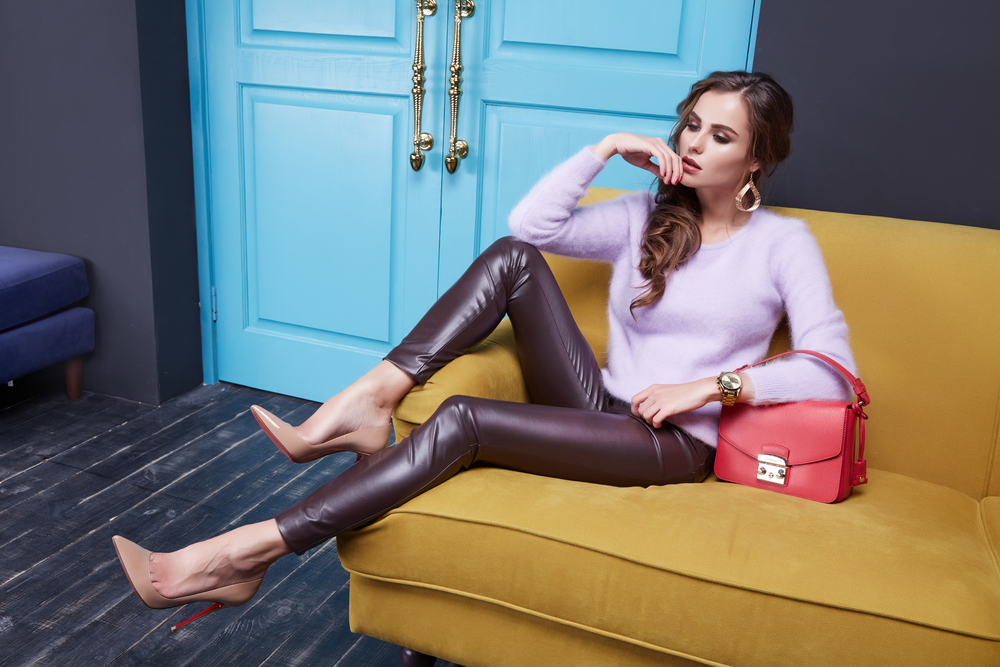
The Art of Modeling: Unveiling the Secrets Behind the Glamorous World
The Art of Modeling: Unveiling the Secrets Behind the Glamorous World
In today's society, modeling has become an intriguing and glamorous profession that captivates the imaginations of many. Whether it's appearing on runways, gracing magazine covers, or starring in advertising campaigns, models seem to effortlessly exude beauty, confidence, and style. But what really goes on behind the scenes? How do these individuals manage to make such an impact?

Modeling is not just about having a pretty face or a perfect physique. It involves talent, dedication, and hard work. In this article, we will delve deeper into the art of modelling , revealing some of the secrets behind this captivating world.
The Evolution of Modeling
Modeling as an industry has come a long way over the years. It dates back to ancient civilizations, where people would paint or sculpt representations of the human form. However, it wasn't until the late 19th century that modeling as we know it today began to emerge. During this time, fashion houses started using live models to showcase their creations.
Fast forward to the digital age, and modeling has evolved even further. Social media platforms have opened up new doors for aspiring models, allowing them to build their own personal brands and gain exposure without relying solely on traditional agencies. Today, being an influencer can sometimes be just as significant as traditional modeling work.
Types of Modeling
Modeling is not limited to one specific category. There are numerous types of modeling, each with its own unique requirements and demands. Here are a few of the most popular modeling genres:
1. Fashion Modeling: This is the most common type of modeling. Fashion models work in the high-end fashion industry, walking the runway and appearing in fashion magazines and advertisements.
2. Commercial Modeling: Commercial models focus on advertising products, ranging from cosmetics to household goods. They often appear in print ads, television commercials, and billboards.
3. Fitness Modeling: Fitness models have a well-toned physique and mostly work in the fitness industry. They are seen promoting gym gear, fitness products, and supplements.
4. Plus-Size Modeling: Plus-size models represent the diverse body types found in society. They work in the fashion industry, advocating for body positivity and inclusivity.
5. Runway Modeling: Runway models showcase clothing and accessories during fashion shows. They need to have a strong catwalk and the ability to bring life to the designer's vision.
The Life of a Model
While modeling may seem glamorous on the surface, the reality is often quite different. Models face challenges and sacrifices to achieve their goals. Here are some insights into what life as a model can be like:
1. Constant Travel: Models often find themselves traveling extensively. They may have to spend weeks or months away from home, living out of suitcases and adapting to different cultures and environments.
2. Long Hours: Shoots and fashion shows can involve incredibly long days filled with hair and makeup sessions, wardrobe changes, and endless waiting. Models need to be patient and maintain their energy throughout the process.
3. Rejection and Competition: The modeling world is highly competitive. Models face rejection from casting directors and have to deal with the pressure of constantly being compared to others. They need to develop resilience and a strong sense of self-confidence.
4. Health and Self-Care: Maintaining physical and mental well-being is crucial for models. They need to take care of their bodies by following strict exercise routines, eating nutritious meals, and getting enough rest.
5. Unpredictable Work Schedule: Models rarely have a typical nine-to-five job. Their work schedules can be erratic, with last-minute bookings, early morning call times, and late-night fittings. Flexibility and adaptability are essential qualities for success in this industry.
Frequently Asked Questions
Q1: How can I become a model?
A1: Start by building a portfolio and researching reputable modeling agencies or scouting platforms. Attend open calls and castings, and be open to constructive feedback.
Q2: Do I need professional photos to start modeling?
A2: While professional photos can enhance your portfolio, they are not always necessary, especially when starting out. Simple, clear snapshots showcasing your natural beauty can be sufficient.
Q3: How tall do I need to be to become a fashion model?
A3: Height requirements for fashion models typically range from 5'8" to 6'0" for women and 5'11" to 6'3" for men. However, the requirements may vary depending on the market and specific client preferences.
Q4: Do you have to be a certain age to become a model?
A4: Age requirements differ across various modeling sectors. While fashion modeling tends to favor younger individuals, commercial modeling often has more lenient age restrictions. There are opportunities for models of all ages.
Q5: Can I become a model if I don't fit traditional beauty standards?
A5: Absolutely! The modeling industry is gradually becoming more inclusive and diverse. There are opportunities for models with unique features, different body types, and alternative beauty standards.
In conclusion, modeling may appear glamorous and effortless, but the reality is far more complex. It requires passion, dedication, and the ability to adapt to challenges. By understanding the nuances of this art form, we gain a deeper appreciation for the individuals who bring fashion and beauty to life. Whether on the catwalk or on our screens, models continue to inspire and fascinate us with their talent and grace.
Other useful resources
- https://en.wikipedia.org/wiki/Category:Modeling_agencies
- https://en.wikipedia.org/wiki/Modeling_agency
- https://en.wikipedia.org/wiki/Category:Modeling_(profession)
- https://www.planetmodelphoto.com